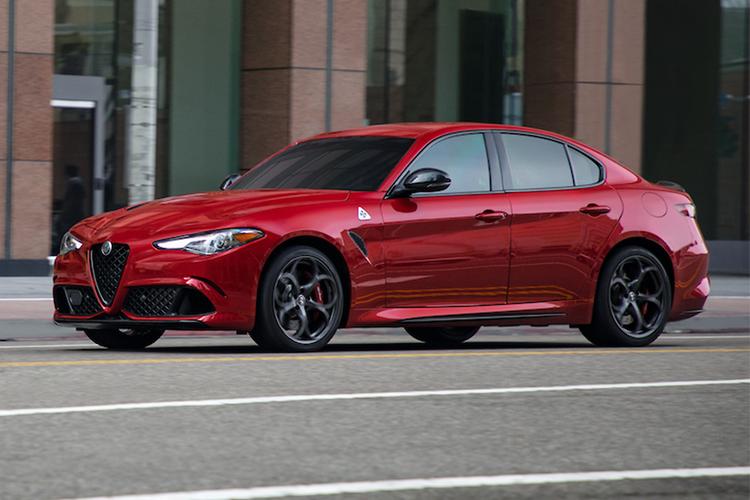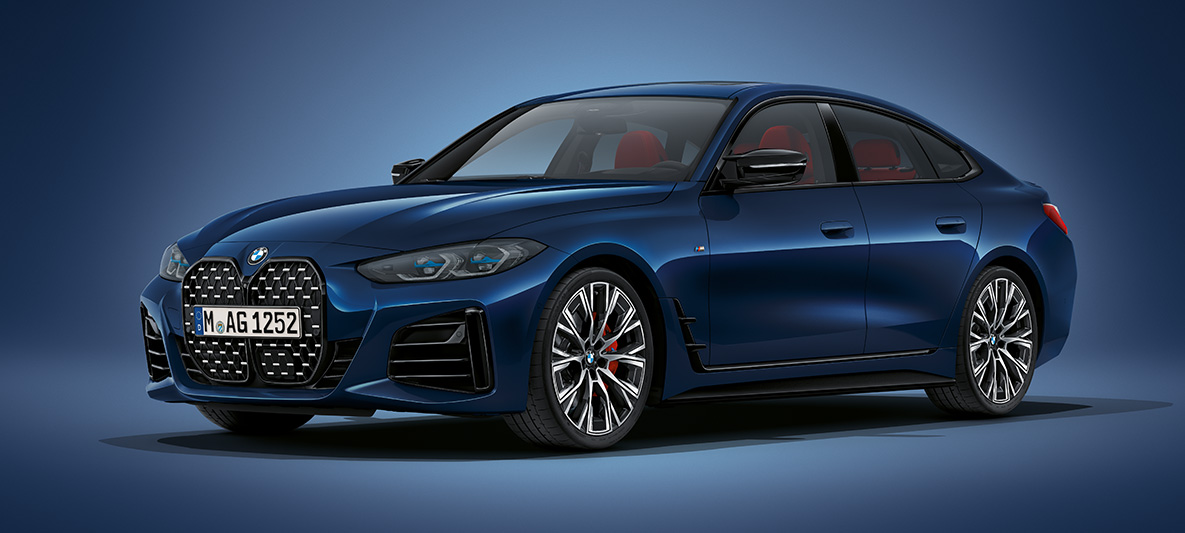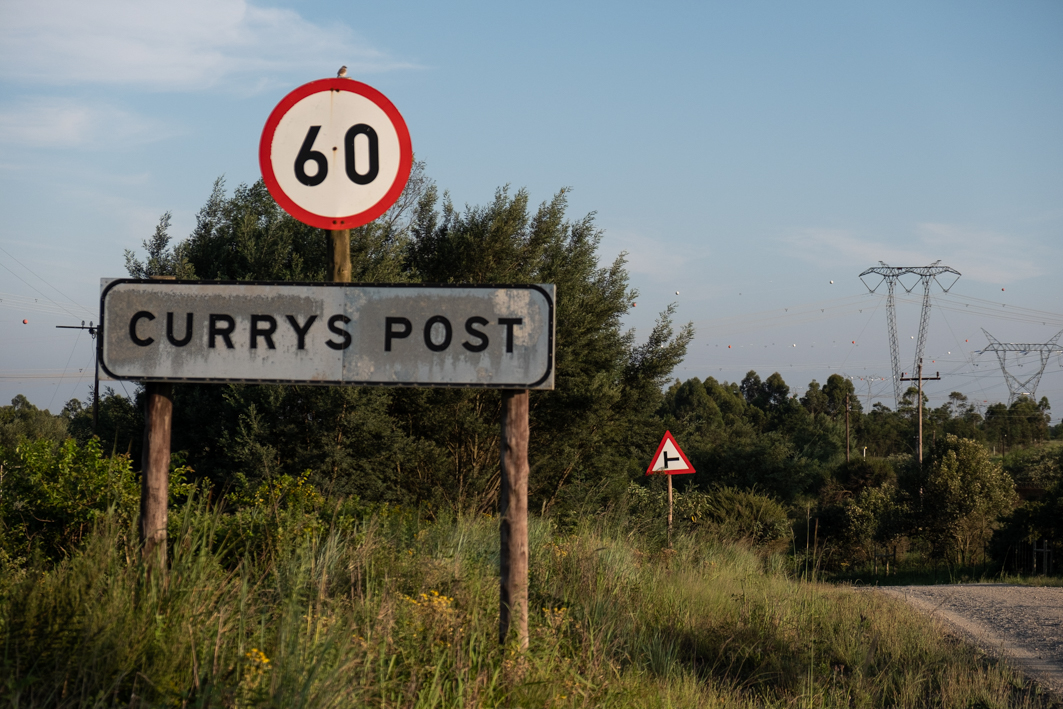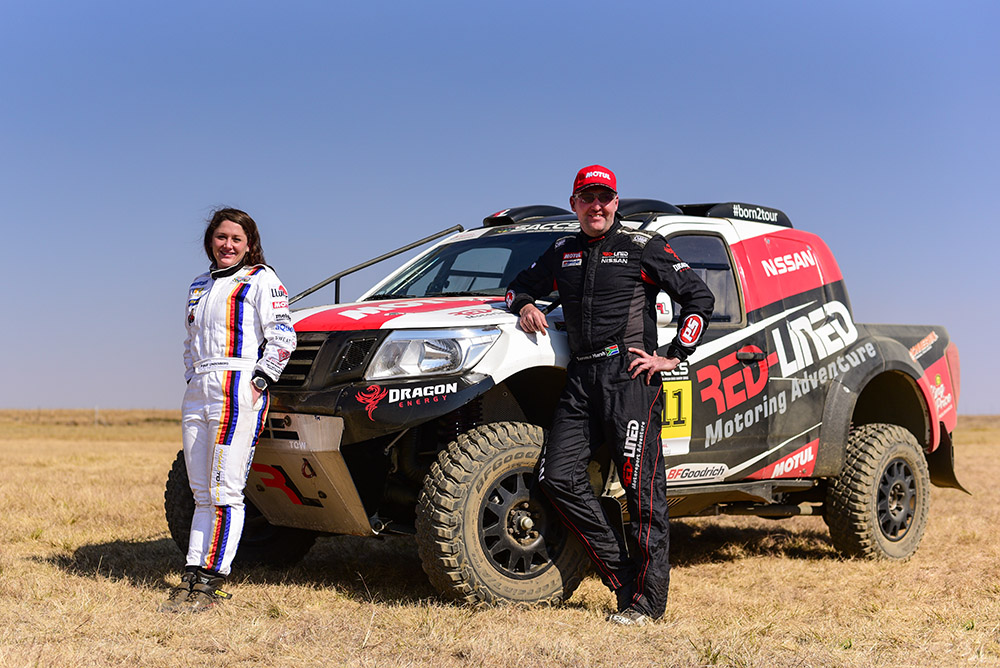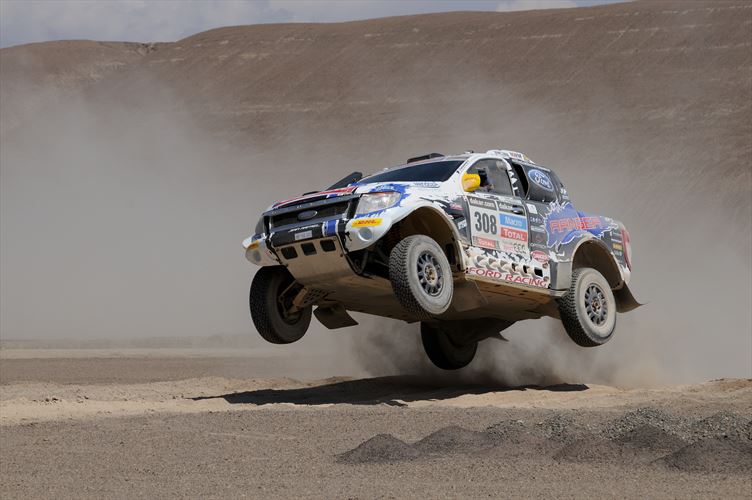With the Volkswagen Amarok and Ford Ranger winning awards left, right and at Leisure Wheels, competitors like Isuzu, Toyota and Mitsubishi are feeling the pressure to bring refreshed and innovate bakkies to the tough South African market.
In partnership with General Motors South Africa, Isuzu have come to the party with their 6th generation KB. Known for its reliability through the years – especially in the diesel, commercial sector – hopes are high for the newest incarnation of one of SA’s favourite workhorses.
With a market share in the bakkie segment second only to that of Toyota, the jump to market domination is still a big one to make from between 16 and 17% to Toyota’s 25 to 28%. And, with Ford right on their heels with the new Ranger, it’s only fitting that Isuzu release their 6th gen.
The amount of input from the South African market in the design and development of the new bakkie is significant, and the newest incarnation is influenced by both buyers and the local conditions. The major elements of the local engineering process are:
- An increase in the sheet metal gauge in key areas in the load box
- Rear axle with electronic locking differential system
- Clutch and driven plate
- Exhaust systems
- Air induction systems
- Engine Cooling systems
- Suspension tuning (shocks and springs)
- Styling/Accessory packages (Nudge bar considering Air bag deployment, Sports bar, canopies, etc.)
- Class leading tow bar to support 3.5 ton towing capability (3.0L models)
- Unique rear step to accommodate the locally developed tow bars providing an integrated appearance with minimal impact on rear departure angle
- Ultrasonic alarm and rear park assist
- Utility box for the Extended Cab models
- Rear sliding glass
- Fuel efficiency and CO2 reduction initiatives
What’s new?
The most prominent changes to the KB are the much-improved styling (especially on the nose), the increased width and length (increasing the load bays) and the new 2,4 petrol model (dropping the 2,0 litre from the 5th generation). The suspension has been much improved, with a wishbone configuration on the front, with coils on both 4×2 and 4×4 models (slightly longer coils on 4×4 derivatives). The rear suspension has been left largely unchanged on the workhorse models, with leaf springs being slightly longer, but on the higher models the leaf springs have been moved from under to over the axle to improve non-load carrying comfort. The increased width and length of the bakkie is aimed at improving handling, and there’s a definite directness in the steering that the previous generation bakkie lacked.
Fuel consumption as claimed by Isuzu is 10,4 litres per 100km for the 2,4 petrol engine and 7,7 litres per 100km for the 2,5 litre D-TEQ engine. The 3,0 litre diesel and 2,5 litre low-pressure turbodiesel figures were not supplied, but will be tested on our standardised route.
Where is it going?
In conjunction with General Motors, under new leadership of MD Mario Spangengberg, Isuzu is aimed squarely at capitalising on the improving African transport network. With South Africa as the biggest market in sub-Saharan Africa, this is a good place to start, and their first directive will be to improve their market share locally, then moving on to focus on the commercial market of the entire continent, following the amalgamation of their northern and sub-Saharan GM departments.
Pricing
| NEW ISUZU KB :: PRICING & MODELS | |||
|---|---|---|---|
| Engine | Fuel | Model | Price |
| 250 | DIESEL | D-TEQ Single Cab | R229 300 |
| 250 | DIESEL | Fleetside D-TEQ Single Cab | R242 700 |
| 250 | DIESEL | Fleetside D-TEQ Safety Single Cab | R244 900 |
| 250 | DIESEL | LE Single Cab 4×4 | R315 700 |
| 250 | DIESEL | LE Single Cab 4×2 | R274 800 |
| 300 | DIESEL | LX Single Cab 4×2 | R311 700 |
| 300 | DIESEL | LX Single Cab 4×4 | R362 300 |
| 250 | DIESEL | LE Extended Cab | R290 700 |
| 300 | DIESEL | LX Extended Cab | R359 400 |
| 300 | DIESEL | LX Extended Cab 4×4 | R412 300 |
| 250 | DIESEL | LE Double Cab | R363 200 |
| 250 | DIESEL | LE Double Cab 4×4 | R384 100 |
| 300 | DIESEL | LX Double Cab | R410 400 |
| 300 | DIESEL | LX Double Cab Automatic | R423 400 |
| 300 | DIESEL | LX Double Cab 4×4 | R464 400 |
| 240 | PETROL | Base Single Cab | R218 900 |
| 240 | PETROL | Fleetside Single Cab | R233 700 |
| 240 | PETROL | Fleetside Single Cab 4×4 | R258 500 |
| 240 | PETROL | LE Single Cab | R253 200 |
| 240 | PETROL | LE Double Cab | R309 100 |
| 240 | PETROL | LE Double Cab 4×4 | R380 200 |







